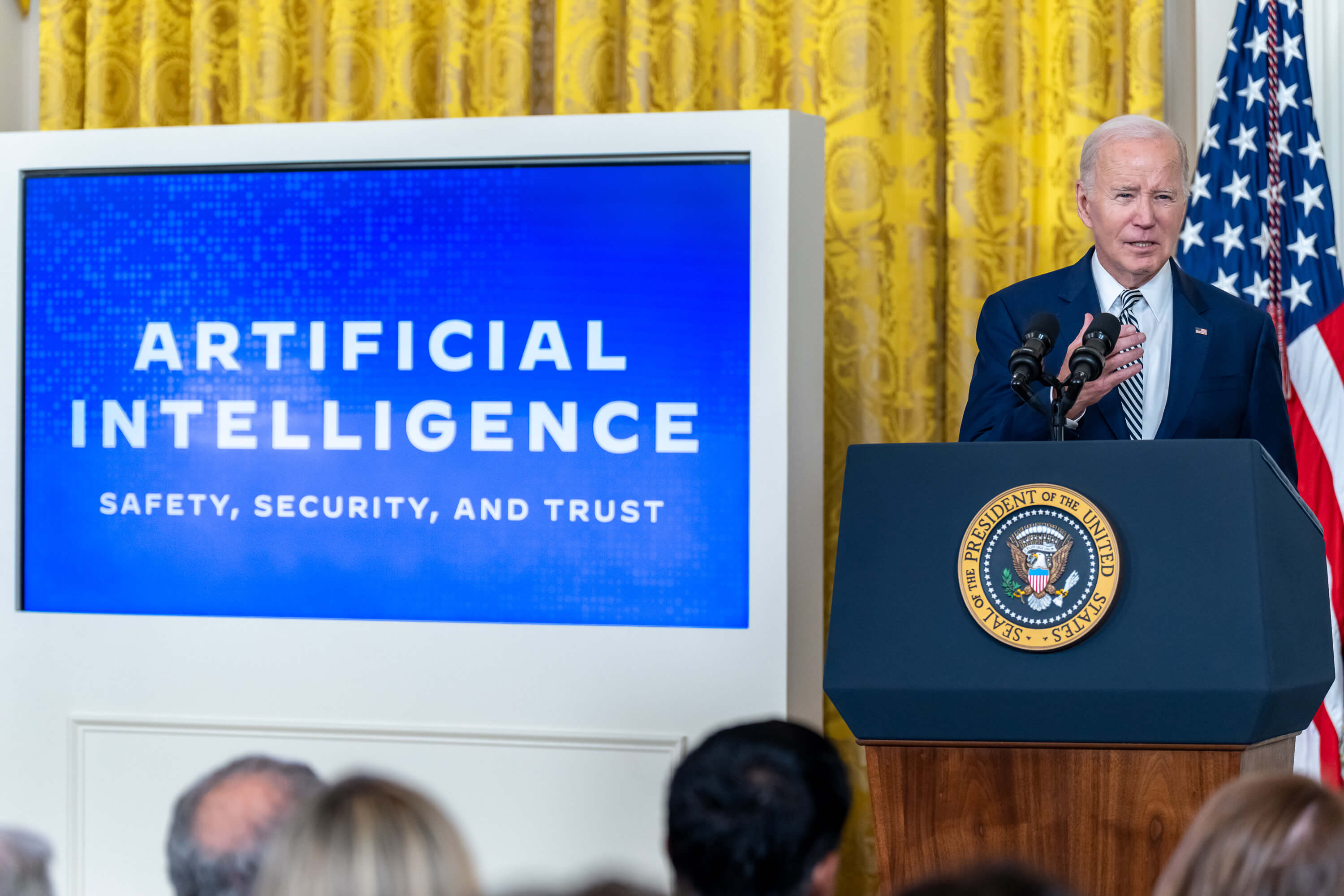Preservation of Audiovisual Equipment Ordered in the 9/11 Case
That's the word from James Connell III, an attorney for 9/11 accused Ammar al-Baluchi.
The commission's ruling---issued yesterday in connection with the case's much-discussed "who pressed the button" episode---is not yet available, on account of the usual GTMO security scr
Published by The Lawfare Institute
in Cooperation With

That's the word from James Connell III, an attorney for 9/11 accused Ammar al-Baluchi.
The commission's ruling---issued yesterday in connection with the case's much-discussed "who pressed the button" episode---is not yet available, on account of the usual GTMO security scrub. But here's how Connell summarizes the state of play:
Today [February 6], the military judge responsible for both the 9/11 and USS Cole cases ordered the government to preserve the current audiovisual configuration in the high‐tech courtroom where the cases are tried. “Last week’s interruption of the proceedings by an unknown third party has raised many questions about monitoring within the courtroom,” said James Connell, counsel for Ammar al Baluchi. “This order preserves the status quo until the defense can investigate further.” Specifically, the military commissions ordered (1) that no changes are to be made to the audiovisual configuration without further order of the commission; and (2) if changes have already been made, the government must document those changes. On Monday, the military judge and counsel for Rahim al Nashiri discussed the possibility of disconnecting some of the microphones in the courtroom. This exchange prompted attorneys in the 9/11 case to file a motion (AE133D) asking the military commission not to change the audiovisual configuration until they could examine it more closely. Today’s order (AE133H) came in response to the motion in the 9/11 case.
Wells C. Bennett was Managing Editor of Lawfare and a Fellow in National Security Law at the Brookings Institution. Before coming to Brookings, he was an Associate at Arnold & Porter LLP.





